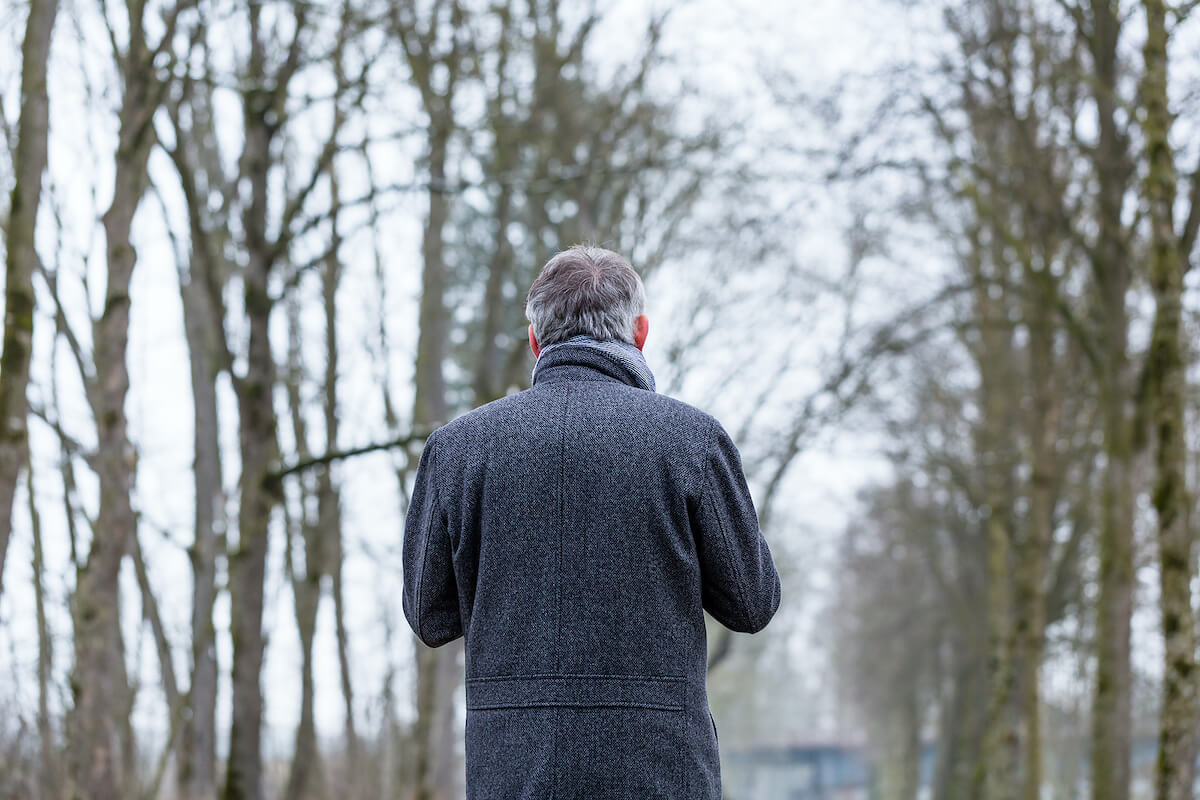November 20, 2019

The holiday season and the winter months can bring quality time with family and heartwarming feelings. But the icy winter months can be a time of concern for seniors. While the risk of falls and hypothermia are always top concerns, there’s one health complication that often flies under the radar. Seasonal Affective Disorder.
Seasonal Affective Disorder can affect people at any age. But during the winter months, seniors can be affected given how are at greater risk to be more isolated this time of year. If you or your loved one start to notice a change during winter, it could be Seasonal Affective Disorder (SAD).
The good news is that with the right information, you can identify elderly SAD and take steps to treat it. In this post we’re going to explain SAD, highlight symptoms to look out for and show you how it can be treated. If you’re interested in limiting the effect SAD can have on you or your family, keep reading.
Seasonal Affective Disorder (SAD) is a form of depression that follows the cycle of seasons during the year. From there being less sunlight during the day to the cold weather, SAD is most common during the winter months.
What’s the difference between SAD and general depression? Unlike general depression, SAD happens during certain times of the year and is often resolved on its own. Since seniors are more likely to be isolated and have fewer social connections in the winter, SAD can hit older adults harder. So, how do you know if you or a loved one is suffering from elderly SAD?
Have you or your loved seemed a little off during the winter months? Maybe you’ve lost interest in your usual hobbies or have a sense of sadness you can’t seem to shake. It’s likely that Seasonal Affective Disorder is the culprit. Elderly Seasonal Affective Disorder is nothing to be ashamed about. It affects people of all ages across the world.
The symptoms of elderly seasonal affective disorder often appear in late fall and early winter and become more severe as the season continues. Here are a few common symptoms that usually mean you or a loved one are suffering from SAD.
• Having a hard time concentrating
• Experiencing changes in your weight and appetite
• Feelings of hopelessness, sadness or worthlessness
• Losing interest in your passions or activities you usually enjoy
• Oversleeping
• Feel physically weak, tiredness or low energy
• Having a higher level of anxiety
If you or a loved one match some of the symptoms above, there’s a chance you have elderly Season Affective Disorder. The first step is to visit your primary care doctor especially if you’ve noticed changes in your sleep or appetite.
But the good news is that SAD in seniors is very treatable. In fact, with some changes in your daily routine you can make a noticeable difference in the depression you’re feeling. Some of
them include:
• Lower the amount of alcohol you drink to around one or two glasses a week
• Aim for at least 30 minutes of daily exercise
• Spend more time with family and friends, being isolated can make the symptoms of SAD worse
• Do your best to limit the amount of sugar in your diet
• Eating a balanced diet
Speaking of a balanced diet, a vitamin D deficiency can contribute to a depressed mood. And just like Seasonal Affective Disorder, seniors are also at a higher risk for a vitamin D deficiency. So, if you or a loved one are dealing with something more than the winter blues, Seasonal Affective Disorder or a vitamin D deficiency could be the cause.
At Franciscan Ministries, we offer seniors the chance to live a more vibrant lifestyle. Our communities offer social connections, engaging exercise opportunities and delicious well-balanced food.
Are you interested in learning more about all the benefits that come with becoming part of a Franciscan Ministries community? Contact our friendly team today to have your questions answered.